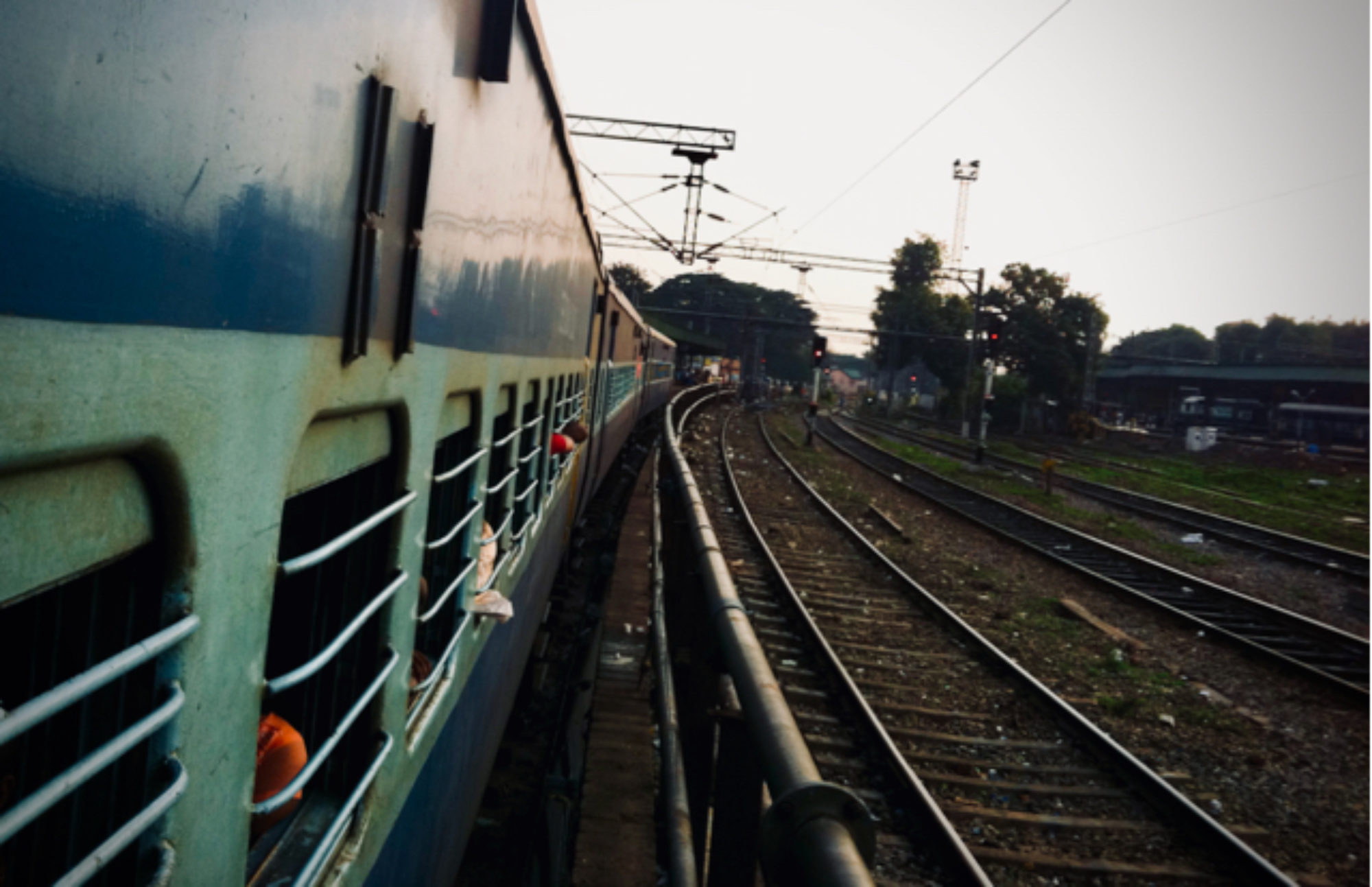
This week we read a lot of articles on the global efforts to eliminate energy poverty. At Invested Development, we’re interested in electrifying the poorest countries to promote development using clean and sustainable energy. In addition to development, energy access can also prevent humanitarian crisis like the one we’re currently seeing in the Horn of Africa. Businesses, agencies, and governments need to work together to research and develop clean technology to eliminate energy poverty in its many forms
U.S., India Collaborate on Scientific Research” via Voice of America Editorials
The U.S. and India are working together to research and develop clean technology. Specifically, The Partnership to Advance Clean Energy (PACE) exists to research and deploy clean technology innovations. Both the U.S. and India are aiming to better understand the production of clean energy in their countries, but the lasting effect for India particularly would be profound. Access to clean energy technology in India would allow poor people to work and study longer, stay healthier and save money in comparison to costly kerosene. This partnership to electrify India contributes to the country’s efforts to advance economic growth and reduce poverty by 50%, the first Millennium Development Goal.
Rwanda: Govt to Meet 16 Percent Power Access Target Next Year” by Frank Kanyesigye via All Africa
In 2009, 7% of Rwandans had access to electricity. Currently, in 2010, 14% of the Rwandan population has access to electricity. The government is aiming to increase electrification to 16% by the end of 2012. Coletha Ruhamya, the State Minister of Energy and Water, believes that increasing access to power will “contribute to economic growth, social development, and poverty alleviation.” Currently, the main energy source in Rwanda is wood fuel, which is damaging to the population and to the environment. Globally, indoor smoke from biomass fuels like wood has contributed to 1.6 million premature deaths each year, especially amongst women and children in developing countries (WHO, 2005). The Rwandan government will find that promoting and investing in not just electricity, but clean energy, will lead to sustainable and safe economic growth, social development, and poverty alleviation for its people.
Angola: Government to Facilitate Rural People’s Access to Electricity“ via All Africa
Angola’s State Secretary for Energy, Joao Borges, announced a new plan to electrify rural parts of the country in an effort to avoid over-crowding in cities. This announcement also comes as part of an effort to promote development in the country. Borges hopes to implement clean energy solutions like solar power.
Preventing the Next Somalia: Energy + Water = Food” by Robert A. Freling via Huffington Post
Famine in the horn of Africa has left humanitarian organizations scrambling to provide aid. Already 30,000 children have starved to death with another 500,000+ at risk. However, sending $700 million in humanitarian aid is only a temporary fix. Long-term solutions are required to make a lasting change in the region. Energy plays a key role in maintaining food security. In many parts of the world, like Somalia, irrigation systems save crops in times of drought or dry seasons. Without reliable energy systems in place, irrigation can be impossible and crops will perish, as is the case in the Horn of Africa. For example, the Solar Electric Light Fund facilitates solar electrification by offering solar pumping technology to agricultural villages, enabling reliable irrigation to water and fertilize crops. While the short-term need in Somalia is desperate, long-term solutions such as solar-powered drip irrigation will prevent the same from happening again.
Targeted financing needed to expand energy access in developing world”
by Daniel Kammen via The UC Berkeley Blog
The UN Secretary General has designated 2012 the “International Year of Sustainable Energy for All” in an effort to keep pace with the UN’s Millennium Development Goals and eliminate energy poverty. The World Bank also considers energy access a key strategy to eliminating global poverty. A variety of tools are employed to meet these goals, like battery subscriptions, progressively purchased solar home systems, or solar-powered energy storage systems. No matter what tool is used to electrify the electrified, funding is required to research and develop these innovations. A new paper, “Informing the Financing of Universal Energy Access: An Assessment of Current Flow” delivers an assessment of appropriate and effective policies to reduce energy poverty. The solution to eliminating energy poverty, thereby serving basic human needs and contributing to global economic health requires targeted financing in impacting and affordable innovations.
Like us on Facebook
Follow us on Twitter
Learn more about BETA
